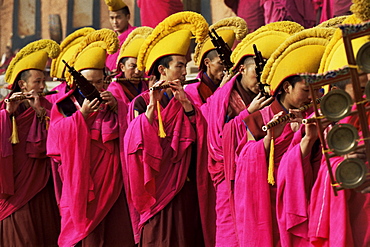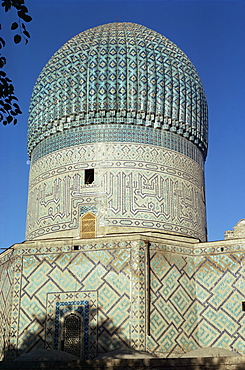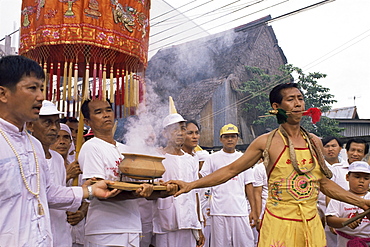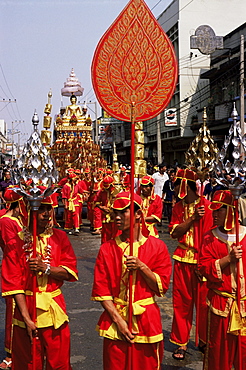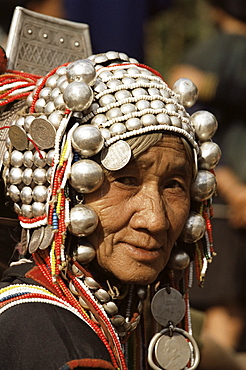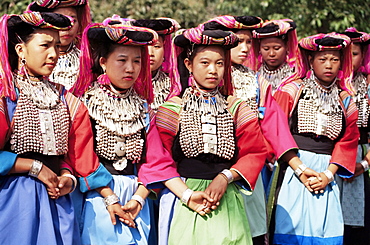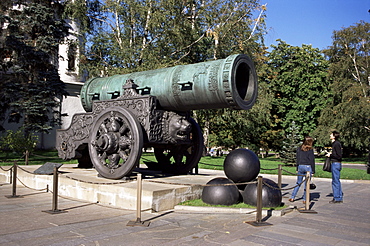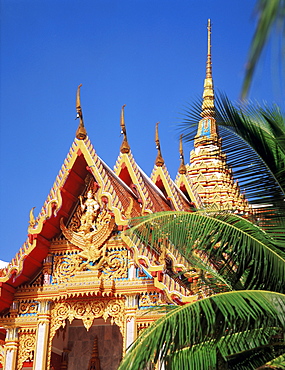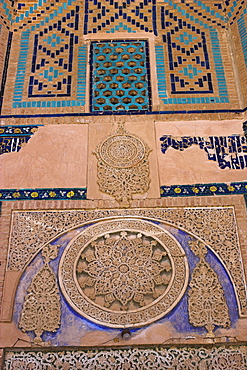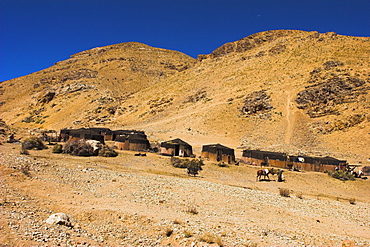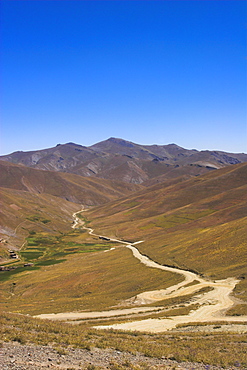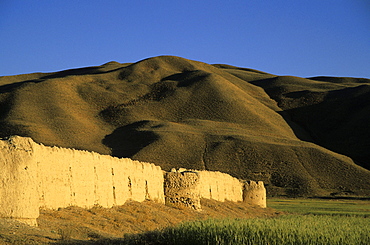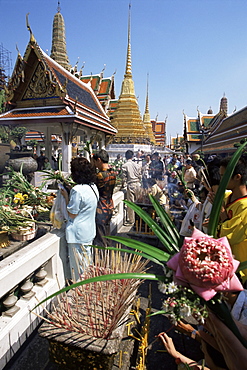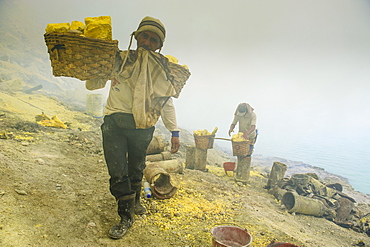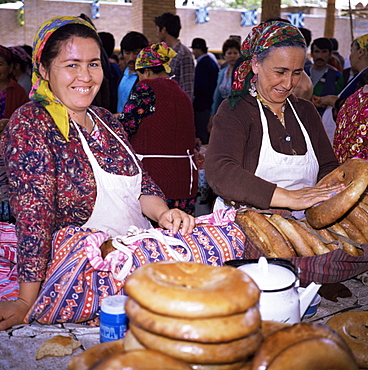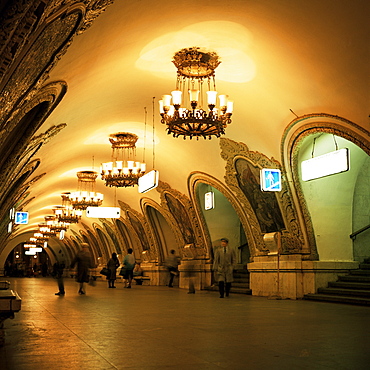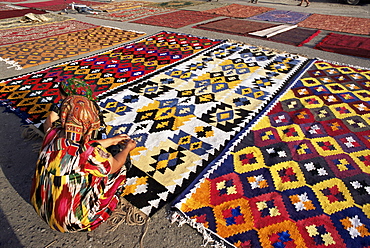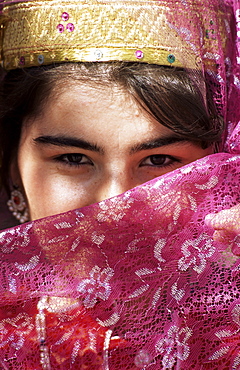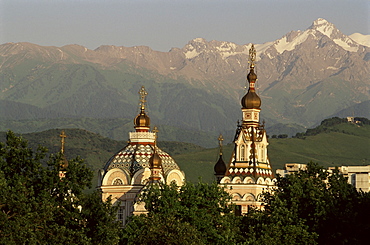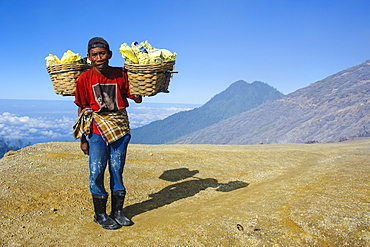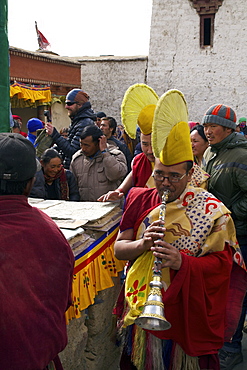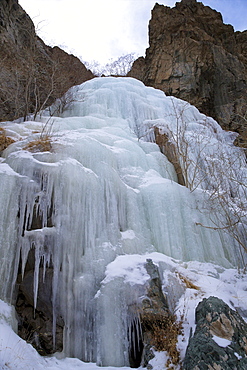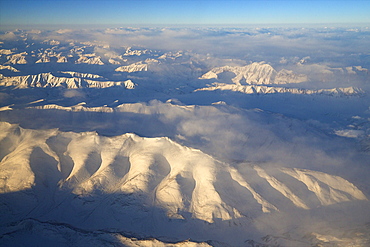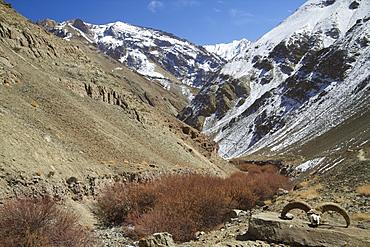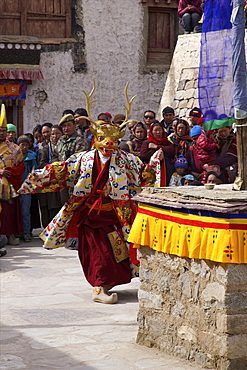Results
« Previous 1 … 366 367 368 369 370 … 481 Next »
48074 results found
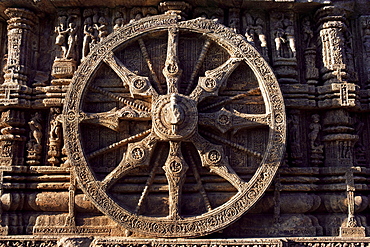
Close-up of carved chariot wheel, Sun Temple dedicated to the Hindu sun god Surya, Konarak, UNESCO World Heritage Site, Orissa state, India, Asia
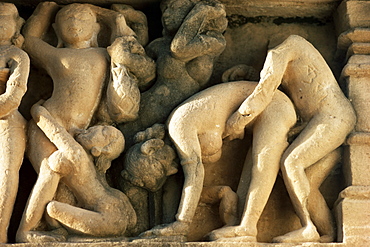
Detail from the Lakshmana Temple, Western Group, Khajuraho, UNESCO World Heritage Site, Madhya Pradesh state, India, Asia

Detail from the Lakshmana Temple, Western Group, Khajuraho, UNESCO World Heritage Site, Madhya Pradesh state, India, Asia
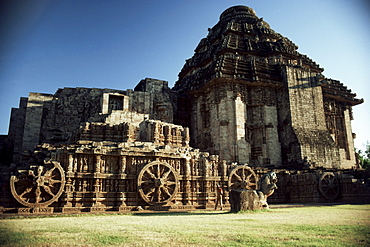
Sun Temple dedicated to the Hindu sun god Surya, Konarak, UNESCO World Heritage Site, Orissa state, India, Asia

Stone statue of Vishnu, dating from 7th century AD, National Museum, Bangkok, Thailand, Southeast Asia, Asia

Stone statue of Vishnu, dating from between 7th and 9th centuries AD, National Museum, Bangkok, Thailand, Southeast Asia, Asia
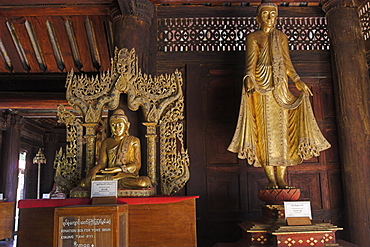
Buddha images, Youqson Kyaung (Yoke-son), the oldest surviving wooden monastery in the Bagan area now a museum, containing religious objects from the Konbaung era, Salay (Sale), Myanmar (Burma), Asia
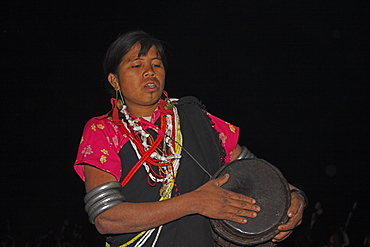
Naga lady dancing and playing drum, Naga New Year festival, Lahe village, Sagaing Division, Myanmar (Burma), Asia
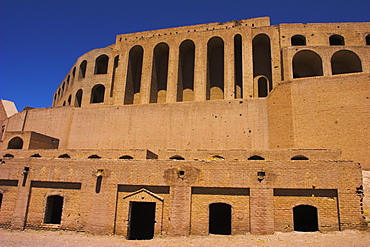
Inside the Citadel (Qala-i-Ikhtiyar-ud-din), originally built by Alexander the Great, but in its present form by Malik Fakhruddin in 1305AD, Herat, Herat Province, Afghanistan, Asia
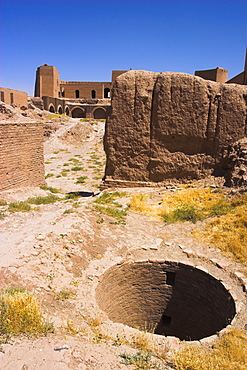
Well inside the Citadel (Qala-i-Ikhtiyar-ud-din), originally built by Alexander the Great, but in its present form by Malik Fakhruddin in 1305AD, Herat, Herat Province, Afghanistan, Asia

Minaret supported by steel cables to prevent it from collapse, a project undertaken by UNESCO and local experts in 2003, The Mousallah Complex, Herat, Herat Province, Afghanistan, Asia

The Friday Mosque or Masjet-eJam, built in the year 1200 by the Ghorid Sultan Ghiyasyddin on the site of an earlier 10th century mosque, Herat, Herat Province, Afghanistan, Asia

Inside the Citadel (Qala-i-Ikhtiyar-ud-din), originally built by Alexander the Great, but in its present form by Malik Fakhruddin in 1305AD, Herat, Herat Province, Afghanistan, Asia

Tourist climbing into the minaret by a window, 12th Century Minaret of Jam, UNESCO World Heritage Site, Ghor (Ghur) (Ghowr) Province, Afghanistan, Asia
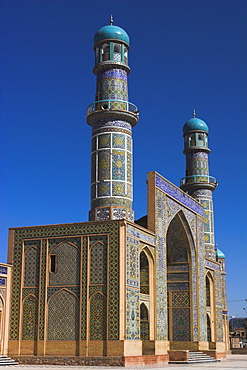
The Friday Mosque or Masjet-eJam, built in the year 1200 by the Ghorid Sultan Ghiyasyddin on the site of an earlier 10th century mosque, Herat, Herat Province, Afghanistan, Asia

The Friday Mosque or Masjet-eJam, built in the year 1200 by the Ghorid Sultan Ghiyasyddin on the site of an earlier 10th century mosque, Herat, Herat Province, Afghanistan, Asia
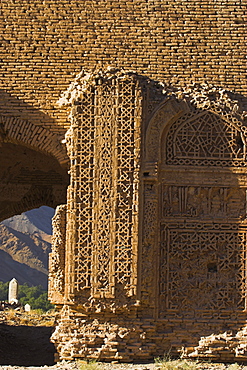
Twelfth century Ghorid ruins believed to be a mausoleum or madrassa, Jam to Obay, Chist-I-Sharif, Ghor (Ghur) (Ghowr) province, Afghanistan, Asia
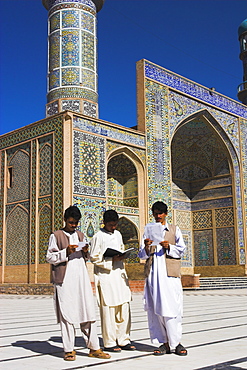
Men reading in front of the Friday Mosque or Masjet-eJam, built in the year 1200 by the Ghorid Sultan Ghiyasyddin on the site of an earlier 10th century mosque, Herat, Herat Province, Afghanistan, Asia

The Friday Mosque or Masjet-eJam, built in the year 1200 by the Ghorid Sultan Ghiyasyddin on the site of an earlier 10th century mosque, Herat, Herat Province, Afghanistan, Asia
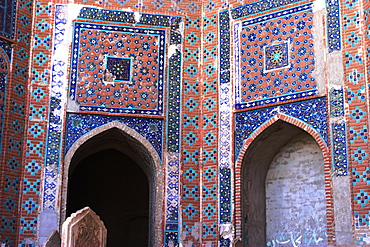
Timurid decoration, main Iwan of the interior courtyard, Sufi shrine of Gazargah, Herat, Herat Province, Afghanistan, Asia

Lady pilgrim in blue burqa sitting in doorway at Sufi shrine of Gazargah, Herat, Herat Province, Afghanistan, Asia
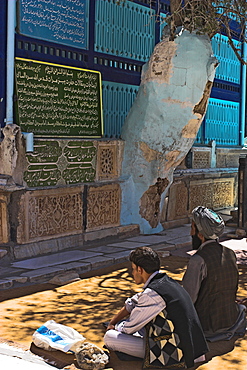
Pilgrims in front of tomb of the 11th century Sufi poet Abdullah Ansari, courtyard, Sufi shrine of Gazargah, Herat, Herat Province, Afghanistan, Asia

Timurid tilework on tower of the Citadel (Qala-i-Ikhtiyar-ud-din), originally built by Alexander the Great, but in its present form by Malik Fakhruddin in 1305AD, Herat, Herat Province, Afghanistan, Asia
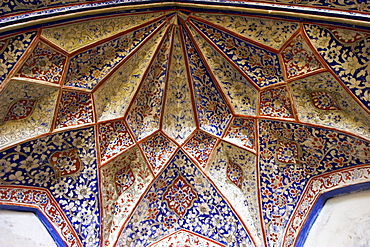
The mihrab in the Friday Mosque or Masjet-eJam, built in the year 1200 by the Ghorid Sultan Ghiyasyddin on the site of an earlier 10th century mosque, Herat, Herat Province, Afghanistan, Asia

The Citadel (Qala-i-Ikhtiyar-ud-din), originally built by Alexander the Great, but in its present form by Malik Fakhruddin in 1305AD, Herat, Herat Province, Afghanistan, Asia

The Citadel (Qala-i-Ikhtiyar-ud-din), originally built by Alexander the Great, but in its present form by Malik Fakhruddin in 1305AD, Herat, Herat Province, Afghanistan, Asia
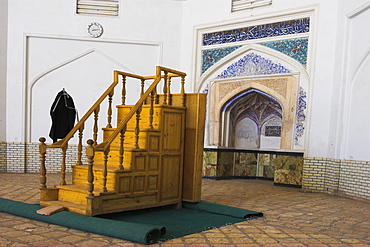
The mihrab in the Friday Mosque or Masjet-eJam, built in the year 1200 by the Ghorid Sultan Ghiyasyddin on the site of an earlier 10th century mosque, Herat, Herat Province, Afghanistan, Asia
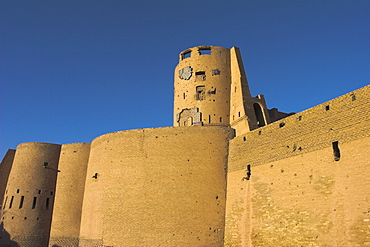
Timurid tilework on a tower of The Citadel (Qala-i-Ikhtiyar-ud-din), originally built by Alexander the Great, but in its present form by Malik Fakhruddin in 1305AD, Herat, Herat Province, Afghanistan, Asia
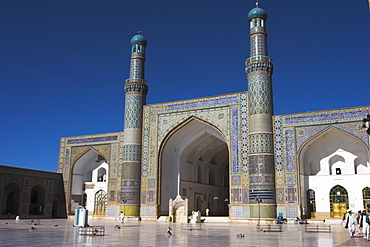
Courtyard of the Friday Mosque or Masjet-eJam, built in the year 1200 by the Ghorid Sultan Ghiyasyddin on the site of an earlier 10th century mosque, Herat, Herat Province, Afghanistan, Asia
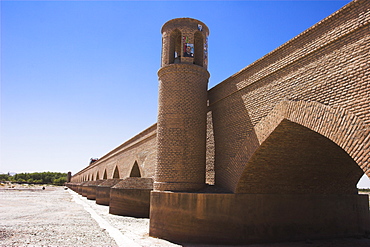
Pul-I-Malan, an ancient bridge of 15 arches now reconstructed, Herat, Herat Province, Afghanistan, Asia
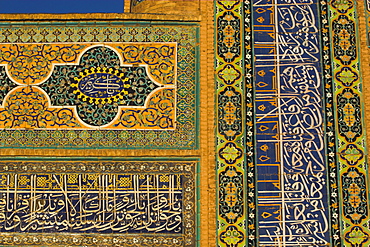
Detail of tilework on the Friday Mosque or Masjet-eJam, built in the year 1200 by the Ghorid Sultan Ghiyasyddin on the site of an earlier 10th century mosque, Herat, Herat Province, Afghanistan, Asia
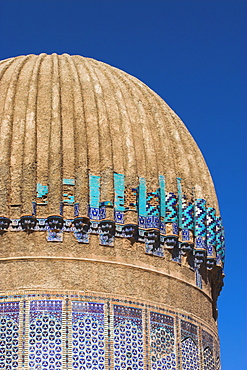
Ribbed dome of the mausoleum of Gaur Shad, wife of the Timurid ruler Shah Rukh, son of Tamerlane, The Mousallah Complex, Herat, Herat Province, Afghanistan, Asia
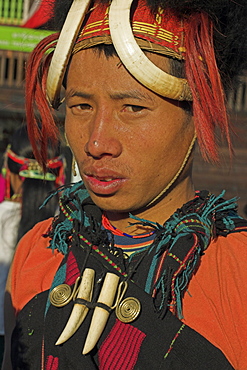
Naga man wearing tiger teeth necklace and headdress of woven cane decorated with wild boar teeth, bear fur, red dyed goats hair, Naga New Year Festival, Lahe village, Sagaing Division, Myanmar (Burma), Asia
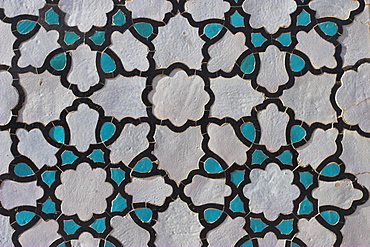
Detail of tilework on the Friday Mosque or Masjet-eJam, built in the year 1200 by the Ghorid Sultan Ghiyasyddin on the site of an earlier 10th century mosque, Herat, Herat Province, Afghanistan, Asia
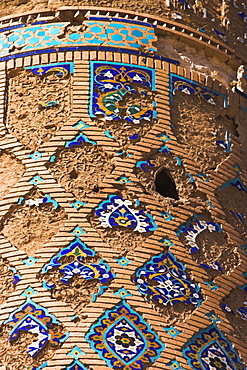
Tilework and mortar hole on minaret beside Gaur Sahd's mausoleum, The Mousallah Complex, Herat, Herat Province, Afghanistan, Asia

Detail of tilework on the Friday Mosque or Masjet-eJam, built in the year 1200 by the Ghorid Sultan Ghiyasyddin on the site of an earlier 10th century mosque, Herat, Herat Province, Afghanistan, Asia
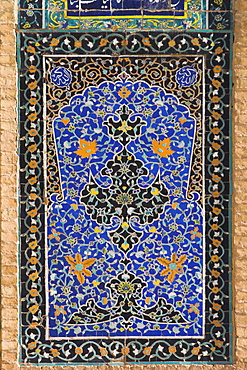
Detail of tilework on the Friday Mosque or Masjet-eJam, built in the year 1200 by the Ghorid Sultan Ghiyasyddin on the site of an earlier 10th century mosque, Herat, Herat Province, Afghanistan, Asia
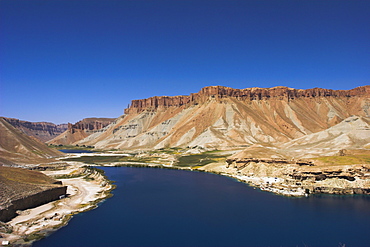
Band-I-Zulfiqar the main lake, Band-E- Amir (Bandi-Amir) (Dam of the King) crater lakes, Afghanistan's first National Park, Bamian province, Afghanistan, Asia
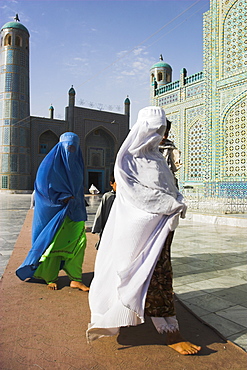
Pilgrims at the shrine of Hazrat Ali, who was assassinated in 661, Mazar-I-Sharif, Balkh province, Afghanistan, Asia
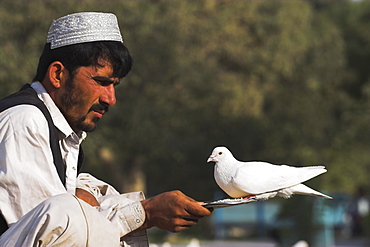
Man feeding the famous white pigeons, Shrine of Hazrat Ali, Mazar-I-Sharif, Balkh province, Afghanistan, Asia
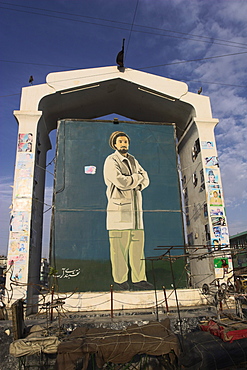
Memorial plaque of assassinated Mujahadin leader Ahmad Shah Massoud know as the ' Lion of Panshir' an Afghan National Hero, situated opposite the Shrine of Hazrat Ali, Mazar-I-Sharif, Balkh province, Afghanistan, Asia
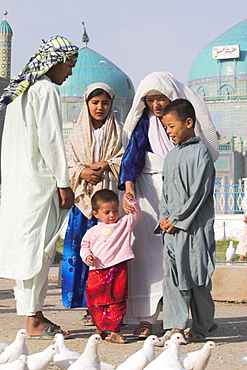
Family looking at famous white pigeons at the shrine of Hazrat Ali, who was assassinated in 661, Mazar-I-Sharif, Balkh province, Afghanistan, Asia
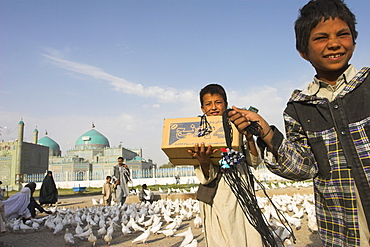
Street boys stand amongst the famous white pigeons with the necklaces they sell to make a living, Shrine of Hazrat Ali, Mazar-I-Sharif, Balkh province, Afghanistan, Asia
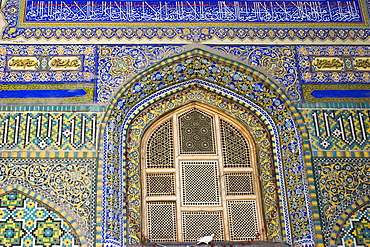
Famous white pigeon sits below window, Shrine of Hazrat Ali, who was assassinated in 661, Mazar-I-Sharif, Balkh province, Afghanistan, Asia
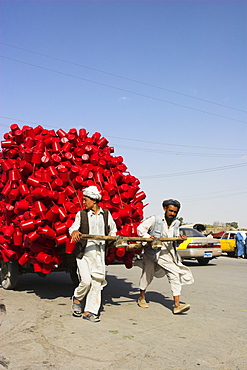
Men pulling wooden cart piled high with red water containers along road, Mazar-I-Sharif, Balkh province, Afghanistan, Asia
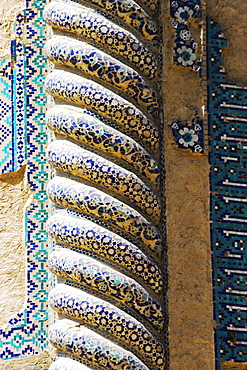
Unique Timurid corkscrew pillars of the Shrine of Khwaja Abu Nasr Parsa, Balkh (Mother of Cities), Balkh province, Afghanistan, Asia

Shrine at No-Gonbad Mosque (Mosque of Nine Cupolas) also known as Khoja Piada or Masjid-e Haji Piyada (Mosque of the Walking Pilgrim), dating from the 9th centruy AD, the earliest Islamic monument in the country, Balkh (Mother of Cities), Balkh province, Afghanistan, Asia
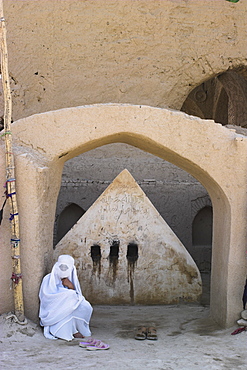
Lady visiting a possible early 8th Century tomb of a 19th century AD saint behind mosque for blesssing for childbirth/sickness, No-Gonbad Mosque also known as Khoja Piada or Masjid-e Haji Piyada, Balkh, Balkh province, Afghanistan, Iraq, Middle East

Shrine at No-Gonbad Mosque (Mosque of Nine Cupolas) also known as Khoja Piada or Masjid-e Haji Piyada (Mosque of the Walking Pilgrim), dating from the 9th centruy AD, the earliest Islamic monument in the country, Balkh (Mother of Cities), Balkh province, Afghanistan, Asia
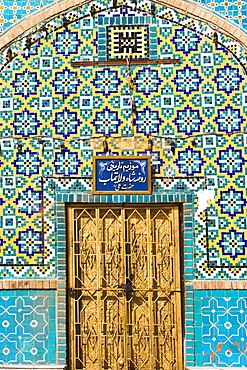
Tiling round door, Shrine of Hazrat Ali, who was assissinated in 661, Mazar-I-Sharif, Balkh province, Afghanistan, Asia
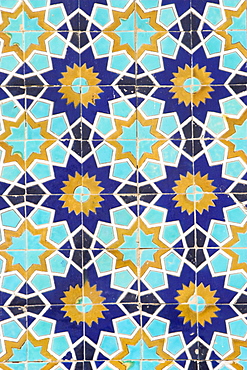
Tilework detail, Shrine of Hazrat Ali, who was assassinated in 661, Mazar-I-Sharif, Balkh province, Afghanistan, Asia
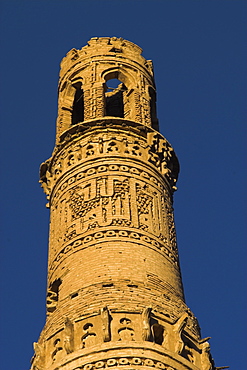
Detail of the 12th century Minaret of Jam at dawn, UNESCO World Heritage Site, Ghor (Ghur, Ghowr) Province, Afghanistan, Asia
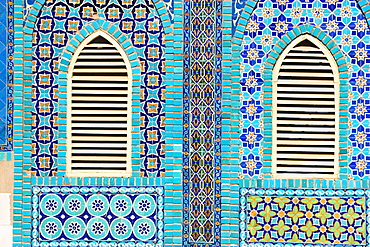
Tiling round shuttered windows, Shrine of Hazrat Ali, who was assissinated in 661, Mazar-I-Sharif, Balkh province, Afghanistan, Asia
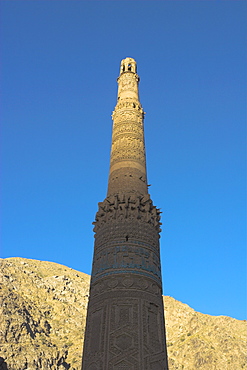
The 65 metre tall 12th century Minaret of Jam at dawn, UNESCO World Heritage Site, Ghor (Ghur, Ghowr) Province, Afghanistan, Asia
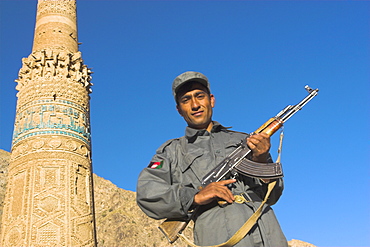
Security guard in front of the 12th century Minaret of Jam, UNESCO World Heritage Site, Ghor (Ghur, Ghowr) Province, Afghanistan, Asia
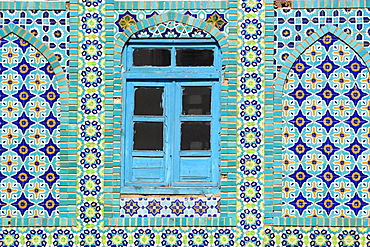
Tiling round blue window, Shrine of Hazrat Ali, who was assissinated in 661, Mazar-I-Sharif, Balkh province, Afghanistan, Asia
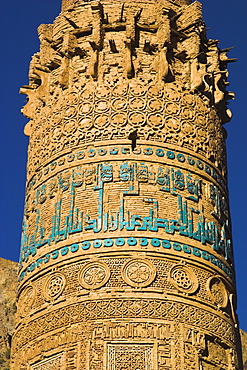
Detail of decoration on minaret including Kufic inscription in turquoise glazed tiles, 12th century Minaret of Jam, UNESCO World Heritage Site, Ghor (Ghur, Ghowr) Province, Afghanistan, Asia
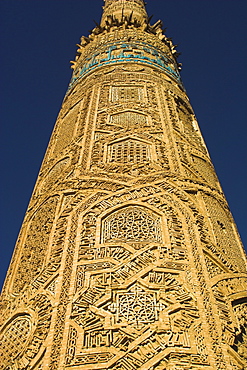
Detail of decoration on minaret including Kufic inscription in turquoise glazed tiles, 12th century Minaret of Jam, UNESCO World Heritage Site, Ghor (Ghur, Ghowr) Province, Afghanistan, Asia

Timurid decoration, main Iwan of the interior courtyard, Sufi shrine of Gazargah, Herat, Herat Province, Afghanistan, Asia
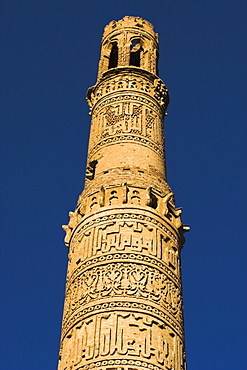
The 12th century Minaret of Jam, UNESCO World Heritage Site, Ghor (Ghur, Ghowr) Province, Afghanistan, Asia
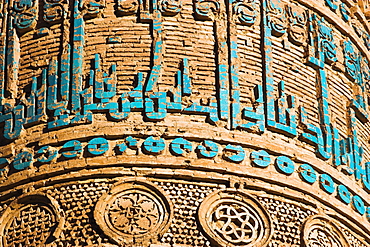
Detail of decoration on minaret dating from 12th century, including Kufic inscription in turquoise glazed tiles, Minaret of Jam, UNESCO World Heritage Site, Ghor (Ghur, Ghowr) Province, Afghanistan, Asia
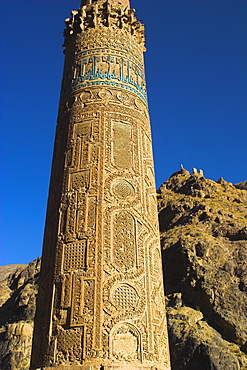
Detail of the 12th century Minaret of Jam, including Kufic inscription in turquoise glazed tiles, Quasr Zarafshan in background, UNESCO World Heritage Site, Ghor (Ghur, Ghowr) Province, Afghanistan, Asia
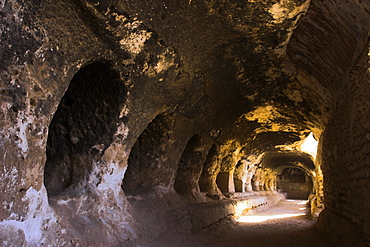
Corridor off which monks' living quarters were carved in cave 2, Takht-I-Rusam (Rustam's throne), part of a Buddhist stupa-monastery complex dating from the Kushano-Sasanian period 4th-5th century AD, Samangan Province, Afghanistan, Asia
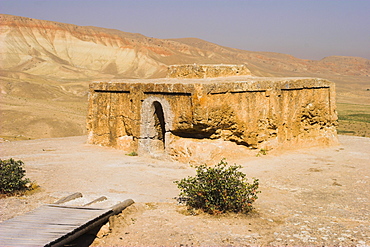
Buddhist stupa carved out of rock at Takht-I-Rustam (Rustam's throne) an early burial mound that contained relics of the Buddha, part of a stupa-monastery complex dating from the Kushano-Sasanian period 4th-5th century AD, near Haibak,Samangan Province, Afghanistan, Asia
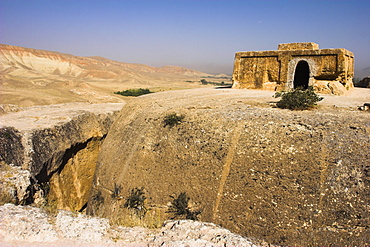
Buddhist stupa carved out of rock at Takht-I-Rustam (Rustam's throne) an early burial mound that contained relics of the Buddha, part of a stupa-monastery complex dating from the Kushano-Sasanian period 4th-5th century AD, near Haibak,Samangan Province, Afghanistan, Asia
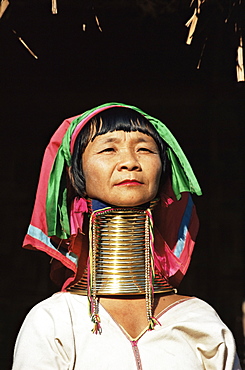
Paduang woman (Long-necked people) (Long-Necked Karen), Mae Hong Son, Thailand, Southeast Asia, Asia
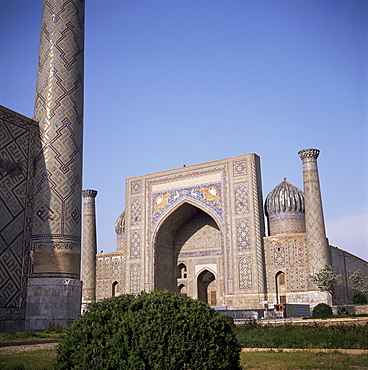
Ulugbek Madrasah, dating from 1420, Registan Square, Samarkand, Uzbekistan, C.I.S., Central Asia, Asia

Spraying tomato plants in a hothouse of Pursey Sovchose, a state farm, Bratsk, Siberia, Russia, Europe
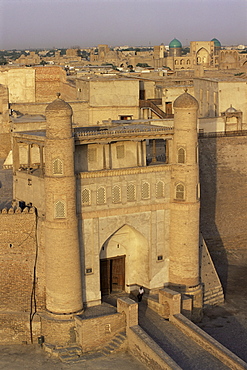
Main gate dating from the 18th centruy, to the Ruler's Fort, the Ark, Bukhara, Uzbekistan, Central Asia, Asia
